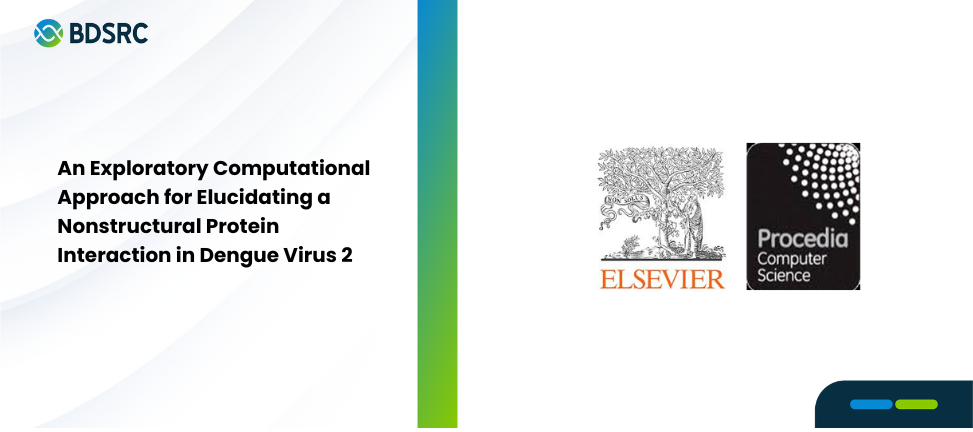An Exploratory Computational Approach for Elucidating a Nonstructural Protein Interaction in Dengue Virus 2

As the dengue infection still impacts hundreds of millions of people globally, unprecedented efforts in dengue drug developmenthave been more progressive in recent decades. Computational methods provide a fast, sustainable, and efficient screening ofactive compounds and newly created drug molecules, including those specifically targeting nonstructural proteins (NS) of dengueviruses. In this work, protein modeling for the NS proteins of DENV-2/16681 strain was performed using a template-basedhomology modeling for the NS3 protein and an Artificial Intelligence (AI)-based prediction via AlphaFold for the NS4B protein.Moreover, the protein-protein interaction between the two structures was predicted using the HADDOCK server, which employsinformation about active and passive residues of the interaction interface to guide the docking process. After the modeling and itsrespective refinement process, the predicted structures of NS3 and NS4B improved their steric clashing scoring from MolProbityassessment. The refined models were then docked, and the resulting docking pose was analyzed to extract the interacting residuesbased on the polar contacts within the interface of the two proteins. Our result presents a preliminary study to create a datasetrelated to in silico molecular interactions of the NS3-NS4B interaction of different DENV types. It is helpful for building acomputational pipeline for elucidating protein-ligand problems in dengue drug screenings.
Authors:
Alam Ahmad Hidayat, Rudi Nirwantono, Bens Pardamean
9th International Conference on Computer Science and Computational Intelligence 2024 (ICCSCI)
